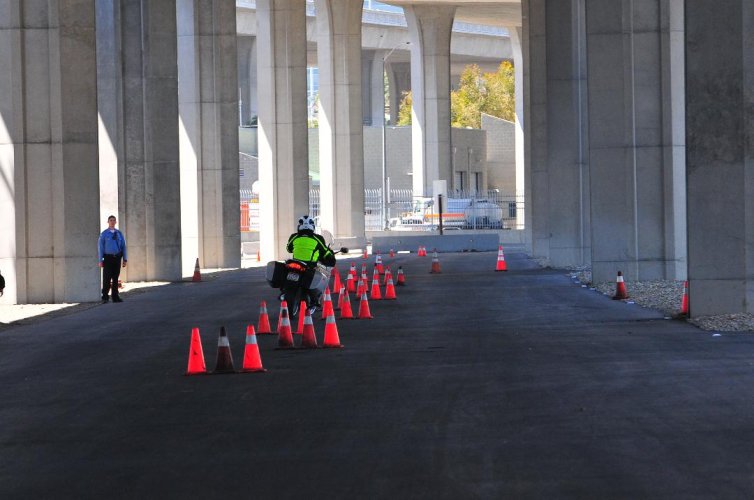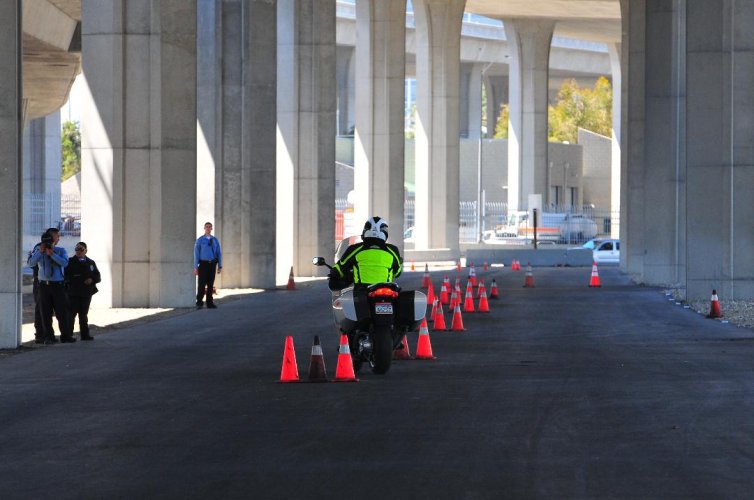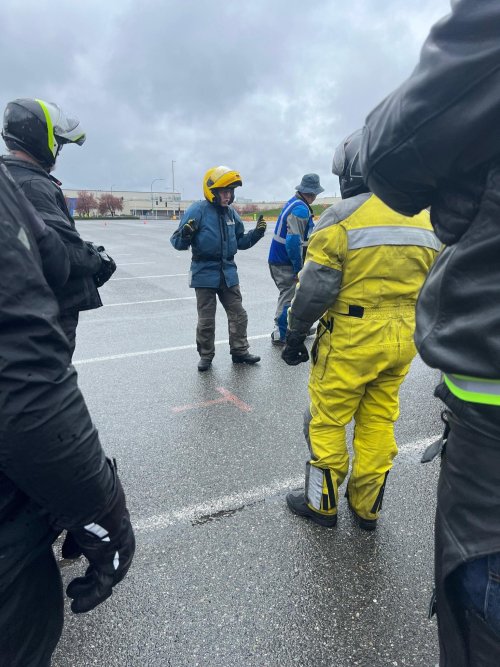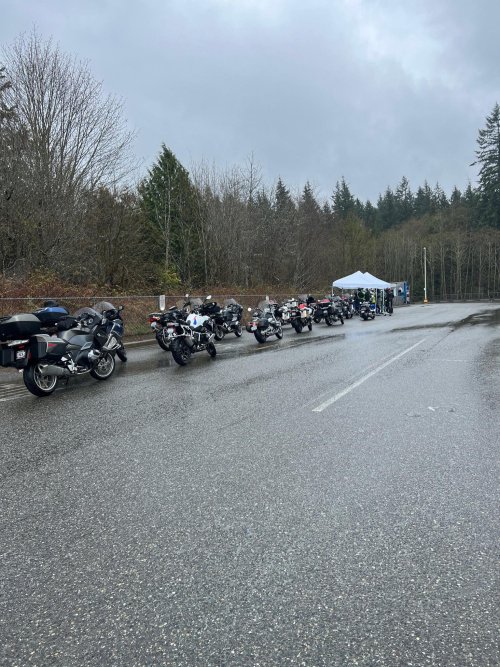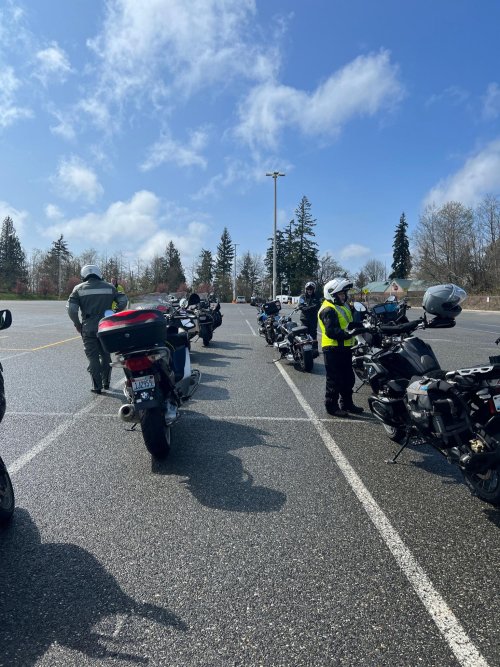kbasa
Well-known member
The only place you should ever be at 100% of your ability is on a track or a closed course. On the road you should never exceed 80% of your ability that leaves room for those unexpected happeningds
Exactly. And you'll probably never get to that 20% that can save your life on the street in regular riding.
Who knows what touches down first on their bike and on which side? You probably want to find that out on the track and get to a point where you're comfortable with it when it happens so you don't reflexively pick the bike up and run off the outside of the corner or into oncoming traffic. Especially if you've got someone encroaching on your space as they clip the inside corner coming the other way.
We all can find our own way to safe riding, but IMHO, track sessions should be part of any curious motorcyclist's riding experience.


